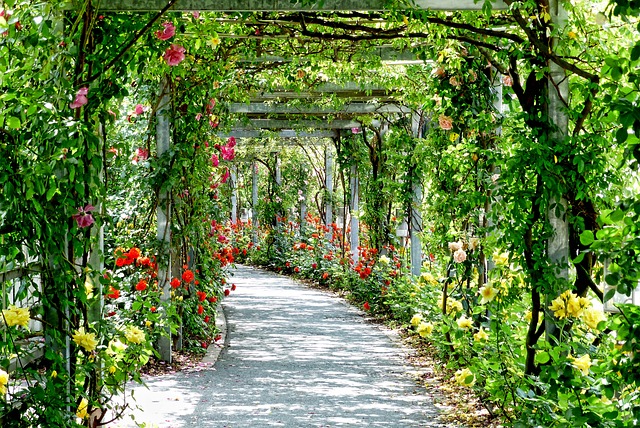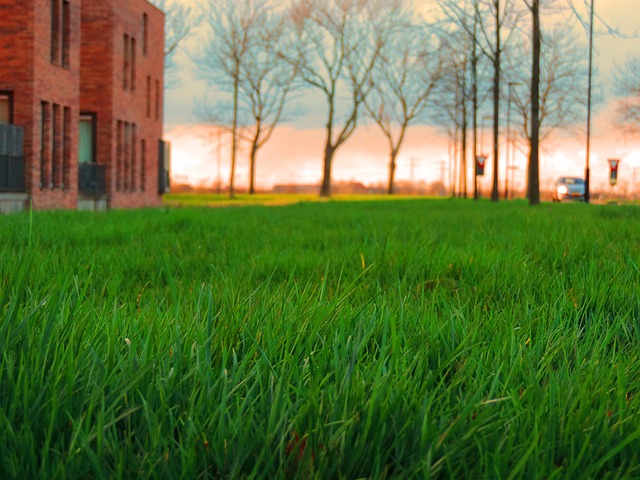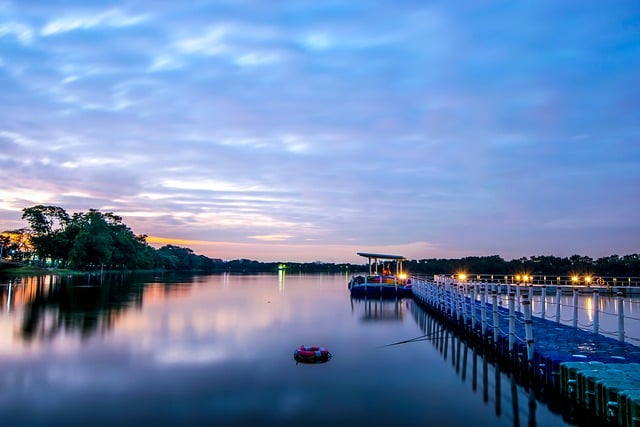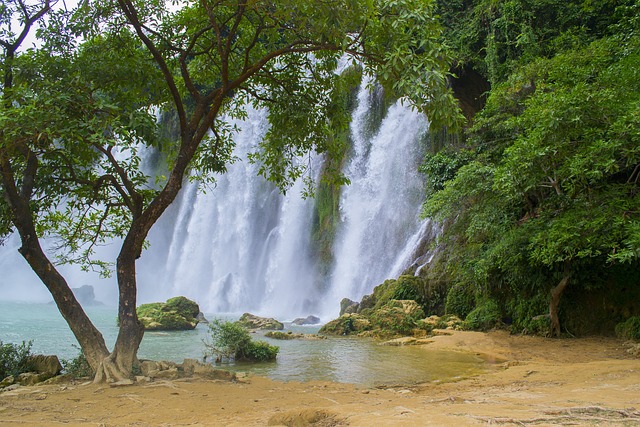When organizing group gatherings, selecting the right location is key for a memorable event. Both botanical gardens and scenic nature reserves offer unique benefits. Botanical gardens provide aesthetic appeal, educational value, and dedicated spaces for various activities, while nature reserves offer hiking trails, open fields, and quiet reflection areas. These locations cater to diverse groups, from families to community organizations. Creating inclusive spaces is essential, with play areas, picnic spots, and dog-friendly amenities. Dog-friendly parks, family-friendly areas, and community gardens enhance the experience, fostering community bonds in scenic landscapes. Parks with diverse facilities, from botanical gardens to community projects, cater to various group activities. Embracing sustainable practices ensures these green spaces thrive for future events, preserving their natural beauty.
Looking to organize a group gathering in a space that’s both vibrant and welcoming? Consider the power of parks as the ultimate community hub. From botanical gardens offering serene, scenic landscapes to nature reserves brimming with outdoor allure, this article explores the key elements for transforming parks into diverse event venues. Discover how designing inclusive spaces, incorporating dog-friendly amenities, and cultivating community gardens can enhance any gathering. Uncover essential features that cater to all ages, ensuring memorable experiences in these green oases.
- Choosing the Perfect Location: Botanical Gardens and Scenic Nature Reserves
- Designing Spaces for Diverse Gatherings: From Family Fun to Community Events
- Incorporating Dog-Friendly Amenities: Ensuring Every Four-Legged Guest Feels Welcome
- Enhancing the Experience with Community Gardens: Collaborative Spaces for All
- Key Features for Group Comfort: Playgrounds, Picnic Areas, and More
- Sustainable Practices for Park Management: Nurturing Green Spaces for Future Gatherings
Choosing the Perfect Location: Botanical Gardens and Scenic Nature Reserves
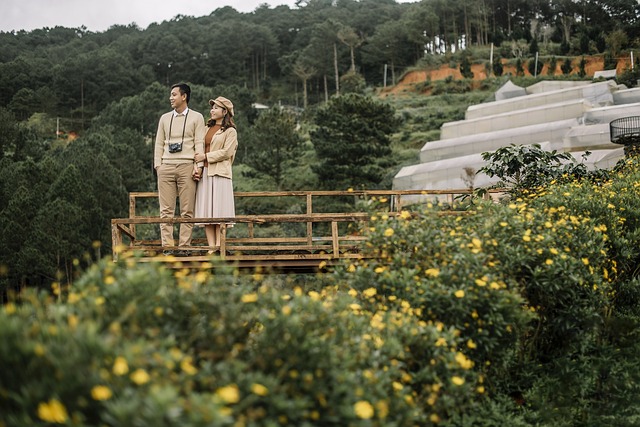
When planning a group gathering, selecting an ideal location is key to setting the tone for an unforgettable event. Botanical gardens and scenic nature reserves offer a unique blend of natural beauty and structured spaces, making them excellent choices for various group activities. These locations cater to diverse preferences, from families seeking peaceful retreats to community groups aiming for interactive outings.
Botanical gardens, with their meticulously curated displays of flora, provide both aesthetic appeal and educational opportunities. Many feature dedicated areas for picnics, play, and even dog-friendly spaces, ensuring every attendee feels welcomed. Scenic nature reserves, on the other hand, offer a more immersive experience amidst breathtaking landscapes. These areas often include hiking trails, open fields for team-building activities, and quiet spots for reflection, catering to those seeking a deeper connection with nature.
Designing Spaces for Diverse Gatherings: From Family Fun to Community Events
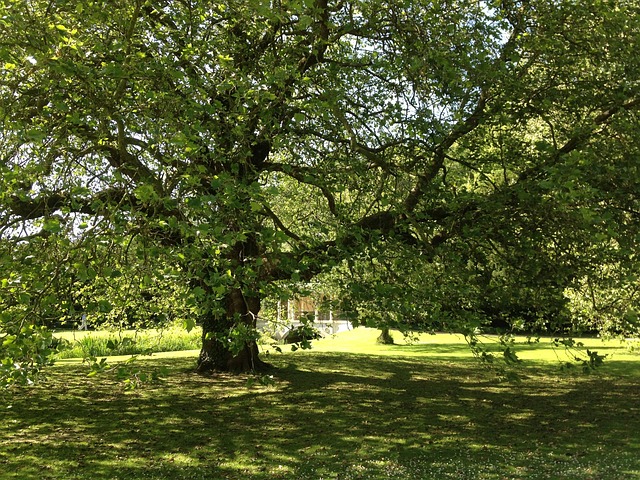
In designing park facilities for group gatherings, it’s essential to create spaces that cater to a diverse range of events and visitors. Family-friendly parks, for instance, should offer ample play areas, shaded picnic spots, and perhaps even dedicated zones for organized activities like sports or nature walks. Incorporating features such as botanical gardens and scenic landscapes can enhance the overall experience, attracting both locals and tourists seeking peaceful retreats amidst natural beauty.
Community events, on the other hand, benefit from versatile spaces that can accommodate larger gatherings. This could include open fields suitable for outdoor concerts or festivals, along with covered areas for backup in case of unforeseen weather changes. Nature reserves, already popular for their serene environments, can be further enhanced with dedicated community gardens, promoting a sense of ownership and engagement among residents. Even dog-friendly parks, with well-maintained trails and designated play areas for four-legged friends, are becoming increasingly sought-after, appealing to pet owners and fostering a sense of community among like-minded individuals.
Incorporating Dog-Friendly Amenities: Ensuring Every Four-Legged Guest Feels Welcome

In today’s world, where humans and pets are inseparable companions, incorporating dog-friendly amenities in park facilities has become a significant aspect of community gathering spaces. Parks, from bustling family-friendly areas to serene nature reserves and beautiful botanical gardens, offer the perfect setting for communal events. By providing dedicated areas for dogs to play and exercise, parks cater to a broader range of visitors, including four-legged friends. Dog-friendly parks encourage a sense of inclusivity, fostering stronger connections between residents and their pets within scenic landscapes.
Community gardens and natural habitats are enhanced when canine companions are welcomed. Well-designed dog parks within these spaces offer safe, secure environments for off-leash play, allowing owners to socialize while their pets enjoy the fresh air and explore diverse botanical settings. Such amenities not only cater to pet owners but also contribute to the overall vibrancy of the park, encouraging more frequent visits and creating a thriving community atmosphere among both humans and their furry guests.
Enhancing the Experience with Community Gardens: Collaborative Spaces for All
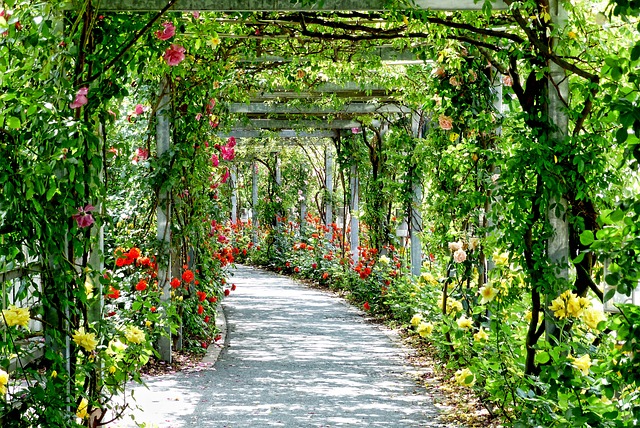
Transforming your park experience into a vibrant and collaborative event involves integrating community gardens that cater to all. These green spaces, akin to botanical gardens, offer a serene escape within urban settings, fostering connections among residents from diverse backgrounds. By cultivating a sense of ownership and shared responsibility, community gardens enhance the overall park environment, making it more inviting and family-friendly.
Incorporating these natural oases into parks caters to various user groups, including dog owners who seek scenic landscapes for their four-legged companions. Such inclusive spaces not only encourage physical activity but also promote an appreciation for nature, creating a harmonious blend of recreational activities and botanical beauty, especially in the heart of bustling communities.
Key Features for Group Comfort: Playgrounds, Picnic Areas, and More

When planning a group gathering in an outdoor setting, ensuring comfort and convenience for all attendees is paramount. One of the key aspects that make a park an ideal location is its ability to offer diverse facilities tailored for various activities and preferences. Botanical gardens, for instance, provide not only scenic landscapes but also opportunities for educational excursions, especially with dedicated play areas for children. These playgrounds serve as hubs for family-friendly parks, encouraging interaction and fun while parents relax in the surrounding natural reserves.
Picnic areas are another vital component, catering to different needs. From community gardens where groups can collaborate on farming projects to dog-friendly parks where four-legged family members can socialize, these spaces foster a sense of community. Well-designed picnic spots with ample seating, shaded areas, and even barbecue facilities enhance the overall experience, making them perfect for group gatherings that range from casual meetups to organized events.
Sustainable Practices for Park Management: Nurturing Green Spaces for Future Gatherings

In the realm of park facilities for group gatherings, sustainable practices are increasingly vital to ensure the longevity and vibrancy of green spaces for future events. By integrating eco-friendly initiatives, parks can become models for environmental stewardship while offering breathtaking settings for community interactions. For instance, family-friendly parks with designated play areas and botanical gardens not only cater to diverse needs but also promote interaction between nature and humans. Scenic landscapes, nurtured through responsible management, attract visitors year-round, making them ideal venues for weddings, festivals, and other group gatherings.
Nature reserves, alongside community gardens, provide opportunities for environmental education and collective nurturing of flora. Dog-friendly parks, another trend gaining traction, foster a sense of community among pet owners while encouraging responsible pet ownership. These initiatives not only enhance the overall experience for park visitors but also contribute to preserving the natural beauty that attracts them in the first place. By embracing sustainable practices, parks can become thriving ecosystems and beloved gathering places for generations to come.








